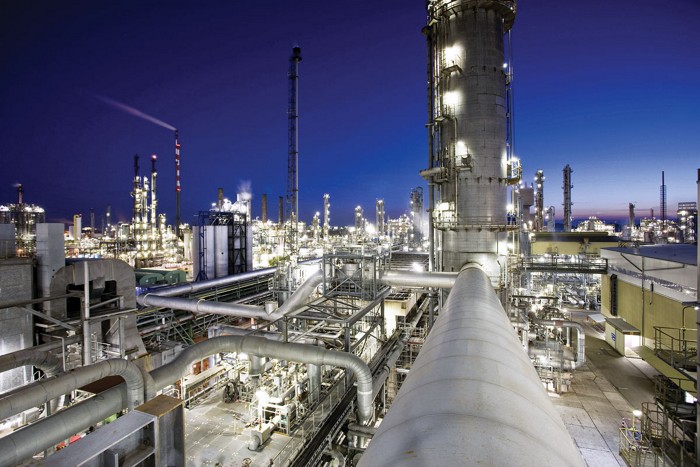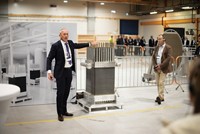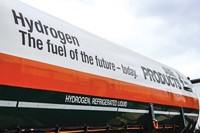Advertisement
Grab your lab coat. Let's get started
Welcome!
Welcome!
Create an account below to get 6 C&EN articles per month, receive newsletters and more - all free.
It seems this is your first time logging in online. Please enter the following information to continue.
As an ACS member you automatically get access to this site. All we need is few more details to create your reading experience.
Not you? Sign in with a different account.
Not you? Sign in with a different account.
ERROR 1
ERROR 1
ERROR 2
ERROR 2
ERROR 2
ERROR 2
ERROR 2
Password and Confirm password must match.
If you have an ACS member number, please enter it here so we can link this account to your membership. (optional)
ERROR 2
ACS values your privacy. By submitting your information, you are gaining access to C&EN and subscribing to our weekly newsletter. We use the information you provide to make your reading experience better, and we will never sell your data to third party members.
Fossil Fuels
European chemical makers respond to energy crisis
The region’s chemical producers are pushing for US gas, fracking, and low-carbon hydrogen
by Alex Scott
April 13, 2022
| A version of this story appeared in
Volume 100, Issue 13

Chemical companies are reacting in multiple ways to Europe’s shift away from buying Russian oil and gas following Russia’s invasion of Ukraine.
In a move that will reduce its exposure in Germany to gas sourced from Russia, Dow has agreed to take a minority stake in the Hanseatic Energy Hub. Set to be built by 2026 in Dow’s industrial park in Stade, Germany, the hub will include a shipping terminal for importing liquified natural gas. It will have a capacity to handle 13.3 billion m3 of gas annually—about 15% of Germany’s natural gas demand.
Germany currently sources about half its natural gas from Russia via a pipeline. Much of the gas the planned terminal will handle is set to come from the US. The hub will help the US meet nearly 25% of its goal of exporting 50 billion m3 of natural gas annually to Europe by 2030, Dow says in a press release.
Ineos, meanwhile, is calling on the UK government to remove a moratorium imposed in 2019 on extracting natural gas from shale formations. Gas prices in the UK are currently about 10 times more than those in the US, says Ineos, which wants to drill a shale test site.
“The UK is in the midst of an energy crisis with ever increasing prices driving people into fuel poverty whilst giving huge sums of money to oppressive regimes,” Ineos CEO Jim Ratcliffe says in a press release. “It’s a ridiculous situation with so much gas under our feet.”
The UK government hasn’t offered to lift the moratorium. Earlier this month it did announce a plan to double by 2030 the country’s generation of low-carbon hydrogen to 10GW, enough to meet about 10% of the UK’s energy demand. Half of the targeted production is set to come from green hydrogen made by using renewable energy to split water. The other half is set to come from blue hydrogen, which involves reforming natural gas into hydrogen and then storing the by-product carbon dioxide.
As part of the UK’s drive toward low-carbon hydrogen, the chemical maker Johnson Matthey has secured a $520 million UK government-backed loan to develop hydrogen technologies. “We urge the government to go further by recognizing a bigger role for hydrogen in the decarbonization of road, rail, marine and air transportation,” Sam French, business development director for Johnson Matthey, says in a press release.
Meanwhile, the German government’s decision not to allow the opening of Nord Stream 2, a gas pipeline between Russia to Germany, has had an adverse financial impact on BASF, the world’s largest chemical maker. Wintershall Dea, in which BASF owns a majority stake, had invested in construction of the pipeline. BASF says it has written off about $1.2 billion in the first quarter of this year, most of which is associated with construction of Nord Stream 2.




Join the conversation
Contact the reporter
Submit a Letter to the Editor for publication
Engage with us on Twitter